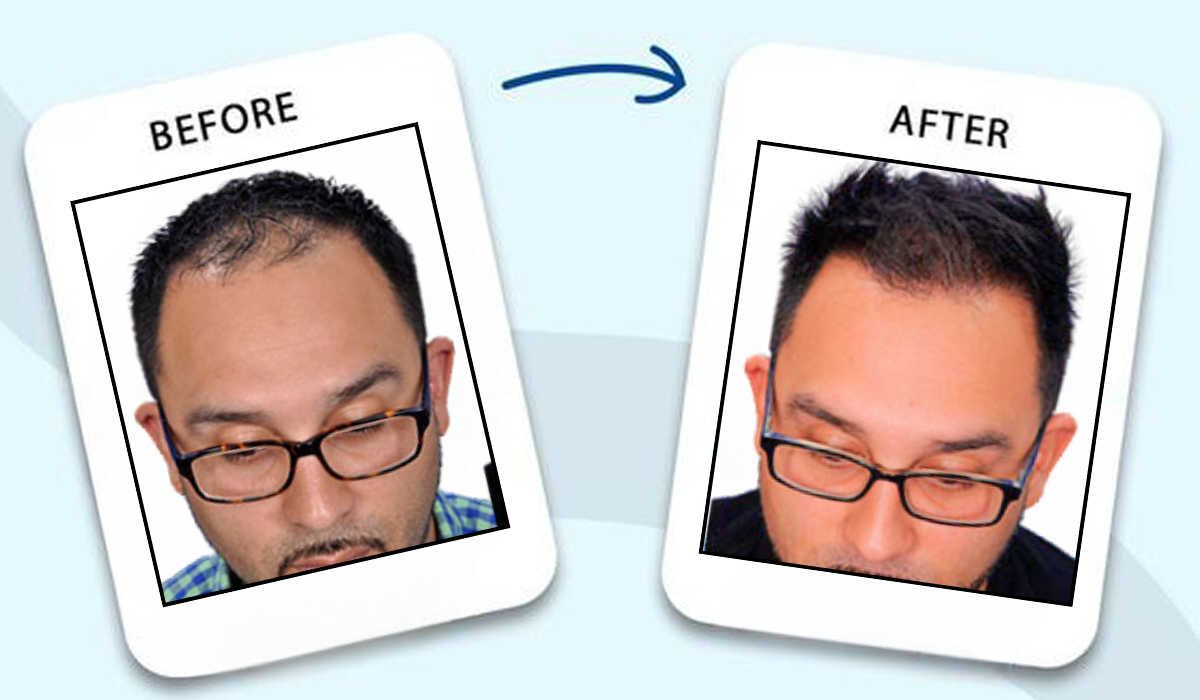Life Style
How Technology and Smart Care Make a Hair Transplant More Successful

Modern clinics now use advanced systems for planning, precision, and follow-up. This blend of smart technology and good old-fashioned human care means patients can get better results with less downtime and more natural-looking hairlines than ever before. And just like other areas of healthcare are benefiting from better tracking tools, you can read more about this in a piece on enhancing healthcare delivery with RPM tools leading hair clinics are also using these ideas to give people more confidence and control during recovery.
But even the best tools don’t work alone. Clinics like Redefine combine technology with experience and personalized support, making sure you’re prepared for what to expect every step of the way.
Modern Hair Restoration: What’s Changed
Today’s hair restoration is worlds away from the obvious, pluggy procedures of the past. Most clinics now use methods like Follicular Unit Extraction (FUE) or Direct Hair Implantation (DHI), which involve moving individual follicles from a donor area to thinning or bald spots.
The real magic is in the precision. Surgeons can adjust the angle and depth of each follicle so the final result looks exactly like your natural hair even up close. This skill is what makes a good surgeon an artist. But planning and accuracy are made better by modern imaging, digital mapping, and robotic assistance in some cases.
Before Your Procedure: Preparing for Success
Before you ever sit down for your transplant, your scalp health and general wellness play a huge role in how well the new follicles will “take.” Most surgeons recommend you stop smoking, stay hydrated, and eat a balanced diet in the weeks before your procedure. Smoking can reduce blood flow to your scalp, which may slow healing.
It’s also smart to avoid harsh hair products or treatments that can irritate your scalp. Instead, focus on gentle shampoos, light oils, or scalp massages (if your doctor agrees). Small steps like this help your skin stay healthy and ready for the transplant.
Some clinics even use advanced scalp scanning tools to check for hidden conditions like dermatitis, which could affect healing.
The Day of the Procedure
Most people are surprised to learn that a hair transplant is usually done under local anesthesia, you’ll be awake, but comfortable. Depending on how many follicles are being moved, you might be in the chair for several hours or even a full day.
Modern tools like high-resolution microscopes and robotic arms help your surgeon extract and place each follicle as gently as possible. This careful work helps reduce scarring and improves the survival rate of each graft.
Why Aftercare and Monitoring Matter
Once you go home, the healing begins and this is where better monitoring makes a difference. Many top clinics now use digital tools to track your recovery. Some may send you home with an app to remind you when to take medications, how to wash your hair, or what signs of infection to watch for.
This is inspired by the same approach hospitals and doctors use for other health conditions: giving patients tools to stay connected with their care team even when they’re at home. It means fewer surprises, less anxiety, and better long-term results.
Recovery: The Part No One Talks About Enough
Tiny scabs and mild swelling are normal in the first week. You’ll need to sleep with your head slightly elevated and avoid touching or scratching your scalp. Most patients can go back to light desk work within a few days but should avoid heavy exercise for at least a week or two.
One thing many people don’t expect: your new hair will probably shed in the first few weeks. This is normal, it’s called “shock loss” and it’s a sign your follicles are adjusting. Stronger hair will grow back in its place within a few months.
Your clinic’s team will check in regularly, either in person or through digital updates. Don’t hesitate to ask questions. The best clinics, like Redefine, want you to feel supported from start to finish.
Staying Healthy for Long-Term Results
When your new hair grows in, how you care for it will help determine how good it looks and how long it lasts. Use mild shampoos and conditioners. Protect your scalp from the sun with hats or sunscreen. Eat well, stay hydrated, and avoid smoking, which can weaken hair follicles over time.
Many people choose to maintain regular check-ins with their surgeon even years later. This way, any small concerns like extra shedding or patchy areas can be caught early and treated with simple adjustments.
How Technology Gives You Peace of Mind
Having digital tools to track your recovery can feel like having an extra layer of support. You know when to wash your hair, how to sleep, and when you’re healing just as you should. And if something feels off, you can get advice quickly instead of worrying alone.
It’s this thoughtful mix of modern tools and old-fashioned human care that makes today’s hair transplants so much more successful than they were even a decade ago.
Final Thoughts
A hair transplant isn’t just a procedure, it’s an investment in yourself. From the first scan to your final check-in, good clinics use the best of technology and caring expertise to help you feel confident about every stage.
Prepare well, follow your surgeon’s advice, and don’t be afraid to ask questions. When you choose a trusted team like Redefine, you’re giving yourself the best chance at results that look and feel completely natural, so you can spend less time worrying about your hair and more time enjoying life.
-

 Celebrity12 months ago
Celebrity12 months agoWho Is Mallory Plotnik?: The Untold Story of Phil Wickham’s Wife
-

 Celebrity11 months ago
Celebrity11 months agoMeet Christina Erika Carandini Lee?: All You Need To Know Christopher Lee’s Daughter
-

 Celebrity11 months ago
Celebrity11 months agoWho Is Allison Butler?: The Life and Influence of Kirk Herbstreit Wife
-

 Celebrity11 months ago
Celebrity11 months agoWho Is Rebecca Sneed?: All You Need To Know About Lyle Menendez’s Wife
















